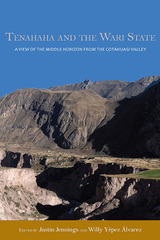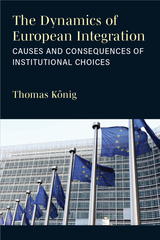
Alfred V. Kidder’s excavations at Pecos Pueblo in New Mexico between 1914 and 1929 set a new standard for archaeological fieldwork and interpretation. Among his other innovations, Kidder recognized that skeletal remains were a valuable source of information, and today the Pecos sample is used in comparative studies of fossil hominins and recent populations alike.
In the 1990s, while documenting this historic collection in accordance with the Native American Graves Protection and Repatriation Act before the remains were returned to the Pueblo of Jemez and reinterred at Pecos Pueblo, Michèle E. Morgan and colleagues undertook a painstaking review of the field data to create a vastly improved database. The Peabody Museum, where the remains had been housed since the 1920s, also invited a team of experts to collaboratively study some of the materials.
In Pecos Pueblo Revisited, these scholars review some of the most significant findings from Pecos Pueblo in the context of current Southwestern archaeological and osteological perspectives and provide new interpretations of the behavior and biology of the inhabitants of the pueblo. The volume also presents improved data sets in extensive appendices that make the primary data available for future analysis. The volume answers many existing questions about the population of Pecos and other Rio Grande sites and will stimulate future analysis of this important collection.

Tenahaha and the Wari State contains a series of essays that challenge current beliefs about the Wari state and suggest a reassessment of this pivotal era in Andean history. In this collection, a picture emerges of Wari power projected across the region’s rugged and formidable topography less as a conquering empire than as a source of ideas, styles, and material culture voluntarily adopted by neighboring peoples.
Much of the previous fieldwork on Wari history took place in the Wari heartland and in Wari strongholds, not areas where Wari power and influence were equivocal. In Tenahaha and the Wari State, editors Justin Jennings and Willy Yépez Álvarez set out to test whether current theories of the Wari state as a cohesive empire were accurate or simply reflective of the bias inherent in studying Wari culture in its most concentrated centers. The essays in this collection examine instead life in the Cotahuasi Valley, an area into which Wari influence expanded during the Middle Horizon period.
Drawing on ten years of exhaustive field work both at the ceremonial site of Tenahaha and in the surrounding valley, Jennings and Yépez Álvarez posit that Cotahuasinos at Tenahaha had little contact with the Wari state. Their excavations and survey in the area tell the story of a region in flux rather than of a people conquered by Wari. In a time of uncertainty, they adopted Wari ideas and culture as ways to cope with change.
READERS
Browse our collection.
PUBLISHERS
See BiblioVault's publisher services.
STUDENT SERVICES
Files for college accessibility offices.
UChicago Accessibility Resources
home | accessibility | search | about | contact us
BiblioVault ® 2001 - 2024
The University of Chicago Press









